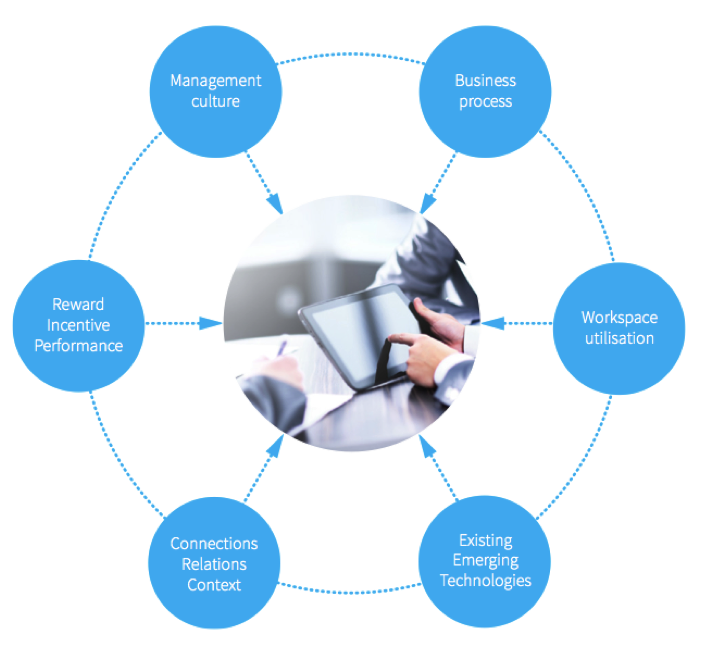Strong business leaders are light on their feet when responding to the fast-paced world that is our economic climate of today. They move quickly when new customer demands, market opportunities, and competition appears.
Those business leaders have organizations that are structured and have a culture that makes it possible to react swiftly and capitalize on new opportunities. But, what does that look like? And more importantly, how to start?
{{cta(‘e16579c6-efa6-491c-b08d-4ab7d1fde29b’)}}
An agile organization is:
- Has a shared purpose or vision
- Integrated across employees, key partners, suppliers, and of course its customers
- Has a flexible and adaptive culture, fluid role definitions and dynamic decision making
This allows them to identify opportunities and exploit them, respond rapidly to unexpected events, decrease idle resources, and reduce overall costs.

As the picture demonstrates, there are many different dimensions within a company that can make the organization as a whole more agile. The culture that enables seamless change management, the ability to collaborate across departments & geographies and the aligned technologies that support the business are just some examples of areas that can enhance a company’s agility.
Implementing agility within the business can thus also take many different forms. One popular and impactful approach to encourage agilityis by making the physical space agile. If people are able to make changes to their work environment, can work across different locations and are able to meet with different colleagues easily, they feel more empowered and encouraged to do so.